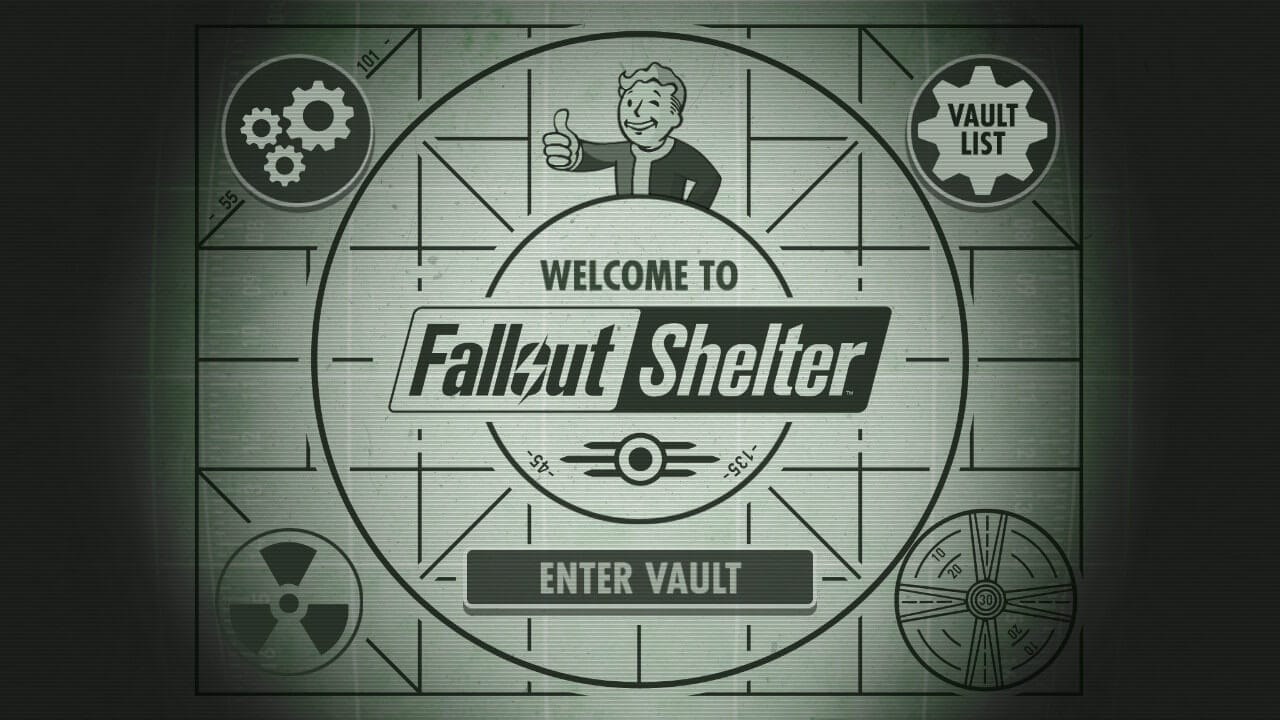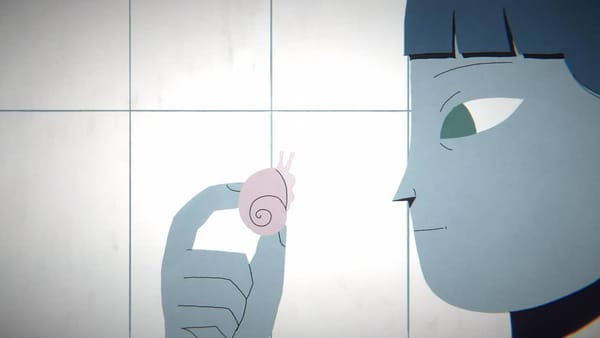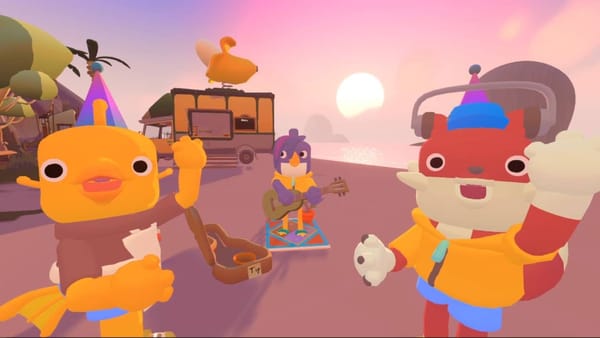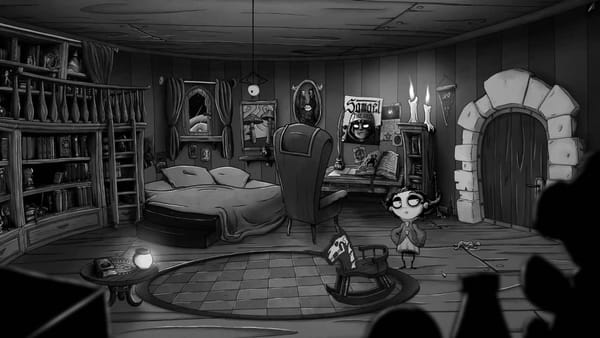Not being a fan of microtransactions in games, I gave Fallout Shelter a snub when I first heard about it. I was late to the Fallout series anyway – Fallout 3 being my first taste of the world, followed by Fallout 4. They were fantastic games, and I put my fair share of hours into them.
Fallout Shelter always seemed like a companion piece to me. While others like to get the most out of a franchise with DLC, figurines or limited edition items, of late I have been more interested in actually finishing a game – what with life’s commitments and all. Fallout Shelter was released in 2015, four years later, I decided to download it and give it a quick try.
This was about a month ago, and a few days after downloading this and a few others, I was hospitalised, later returning home to be confined to bed. Quite possibly the perfect time to go through my backlog and catch up on games. Fallout Shelter wasn’t at the top of the list, but I thought I’d give it a go first so that I could delete it afterwards. Well, over three weeks later and I’m still playing it almost every day, much like Forager.

Gimme Shelter
The concept is quite simple: you have your shelter full of dwellers, so it’s a micro-management game of sorts. As with the Fallout series, your dwellers live underground, and you start with a simple vault with somewhere for them to reside and a power station to keep things running.
You build rooms in a series of blocks. Most rooms are one block in size, but there is the possibility to put three in a row to create a larger room, often with a higher output of whatever the room function is. The primary three are power, food and water. Power runs each room – without it, and they don’t function and stop working altogether. Food is self-explanatory – the more dwellers you have, the more the demand for supply. Finally, if you don’t have enough water, your dwellers are subject to radiation poisoning, which restricts them being able to get to full health without a RadAway (to remove the radiation).
When you unlock more dwellers for your vault, you unlock new rooms. Sometimes they are improvements on the existing ones, a room designated to train a stat or a place to build rare weapons or clothing. The total amount of dwellers you can have in Fallout Shelter is 200, but once you get to 100, you will have unlocked all the available rooms.
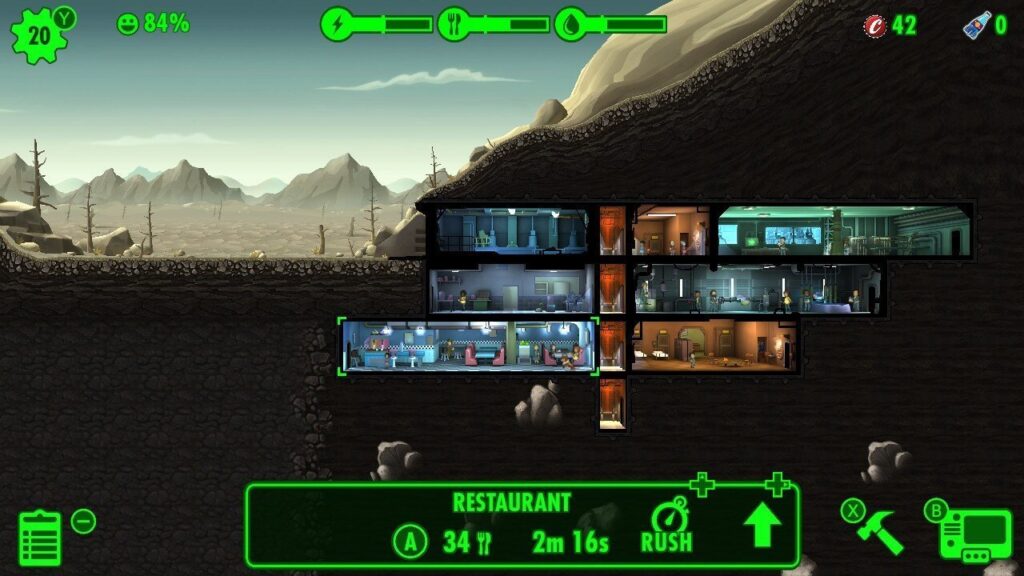
Put A Cap In It
Currency is measured in caps. If you’re familiar with the series, you’ll know what these are, but for everyone else who’s been living in a vault, they are the bottle caps of a brand names Nuka-Cola. Caps buy new rooms or enable you to craft new items or even upgrade a room if necessary; however, caps are quite scarce, so you’ll need to generate some.
There are a few methods to get caps. The first simple one is to complete tasks in the shelter or level up a character by merely getting them to work in a room. Over time they will level up and grant some caps, albeit, probably the least amount. Relatively early in Fallout Shelter, you get the Overseer’s office to assign a quest for a total of three dwellers, which is a great way to earn caps.
Alternatively, you can send out dwellers into the wasteland to explore. They will find clothing, junk (for crafting), weapons and caps. Their chance of survival is determined by their endurance stat, stimpaks and RadAway. Finally, the Mysterious Stranger from the previous games makes a random appearance. If you can locate him, you can get a few hundred, if not a few thousands. You only have a limited time to grab him, but you’ll hear a few musical notes before and after his appearance.

Something Special
In Fallout Shelter, each dweller can upgrade their stats. This is in the form of the S.P.E.C.I.A.L. method similar to the games before. They are made up of the following:
- Strength – useful for those working in power stations
- Perception – mainly for working in water processing
- Endurance – how much damage they can take/stay in the wastelands
- Charisma – the higher this stat, the more likely dwellers will mate (plus it can be used in the radio studio)
- Intelligence – best for those creating Stimpaks and RadAway
- Agility – the stat for those working in the diners and gardens
- Luck – how likely a dweller will find decent loot, plus their ability to rush a room
On that last point about rushing a room, sometimes you might be low on resources so you can speed up the process of a room by speeding up time. The chance of success relates to the average stat for that room (i.e. strength if in the power generator) and their luck skill. Succeed and you get a few caps and the resources, fail, and you run the risk of a fire or invasion of some radioactive nasties.
You can increase your dwellers level through working in a room, completing quests or exploring the wasteland, but you can’t improve their stats unless you build a room that increases their stats – for example, the fitness room increases endurance – or you equip an outfit that has a boost to their stats. These are awarded in quests, exploring the wasteland or crafting once you have the room (and junk used for the materials).

Heading Out Into The Wasteland
The best way to progress in the game is to complete the quests and go into the wasteland. With the former, you have a mission to complete, such as obtain blueprints or locate a person of interest. Setting the instructions for each quest is simple: equip the dweller(s) with the appropriate outfit, weapon and pet if applicable, then assign them some stimpaks for health and RadAway to clear radiation. Depending on the mission, it can take a considerable amount of time to get to the mission location, let alone complete it.
When you do arrive at the mission location, you enter a vault similar to your own or shopping malls – each with their separate rooms to explore. Most rooms with have enemy raiders or radiative rats, roaches or scorpions to kill. Once you do defeat them, you’ll get some caps and possibly some loot. Complete the quest, and then you head back to the vault, which again, will take a fair amount of time. You can speed up the process with a Nuka-Cola Quantum. We’ll cover that as well shortly.
Quests are limited to a maximum of three at a time (once you have upgraded the room) but sending your minions out into the wasteland has no limit. You can choose to send them out with the appropriate equipment or not. They’ll only return when you recall them, or if they die. Death is unusual as you can revive them for caps (the higher the level, the higher the cap requirement) or you can choose to let them die – this is helpful if your vault has too many people and you don’t have the resources. The same applies if a dweller dies in the vault. You can leave their body if you wish, but it affects the morale of the rest of your dwellers. Understandably.
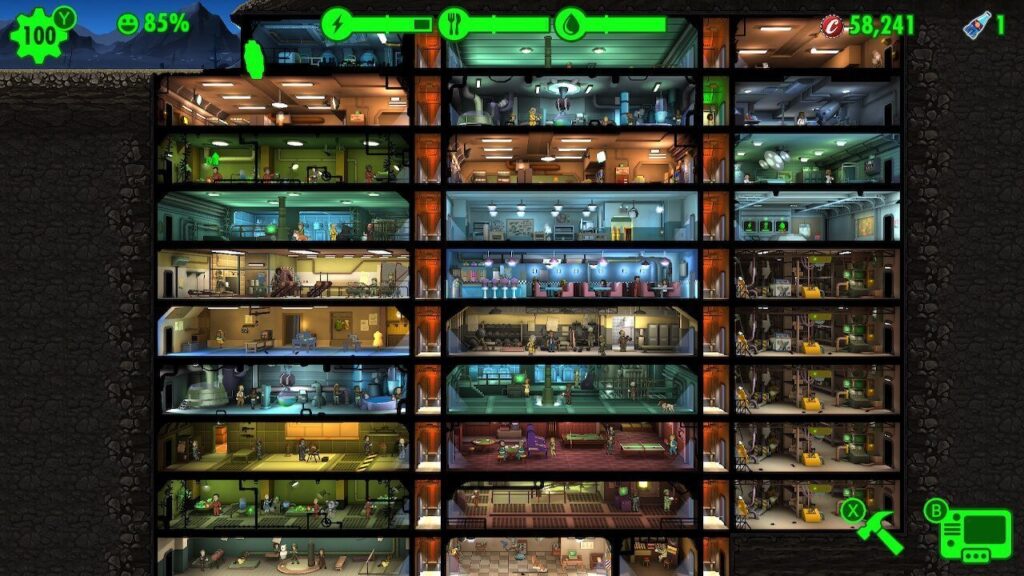
The Time Factor and Micro-Transactions
For a free game, Fallout Shelter is amazing. It’s incredibly addictive and has a good amount of depth for replay value, but there surely is a catch? Well, here it is. It takes time – real-time – to complete every task. If you have a room that produces RadAway, for example, depending on the level and stats of your workers, the resource can take a couple of minutes to an hour. The only way to speed this up is through putting the right dweller in the right room and improving their stats through an outfit or training.
With the training rooms, you can drop a dweller in there to improve their endurance, and they will stay there until they max out. First levels can take minutes, but as they approach the max level, it could take 14 hours. There are two options: wait or use Nuka-Cola Quantum. I opted for the former so would setup each quest and training and then login the next day.
But, this game is addictive, and while you can play this without any form of micro-transaction, it is tempting. I had some money on my account so bought some of these Nuka-Cola Quantums. Some of them I used to upgrade my favourite dwellers, but mostly, I used them to get my teams to quests. Some of the later quests have these Quantums as rewards, but never that many. It’s entirely optional, but given the time it takes to get some of the things done, it does make you feel a little impatient.
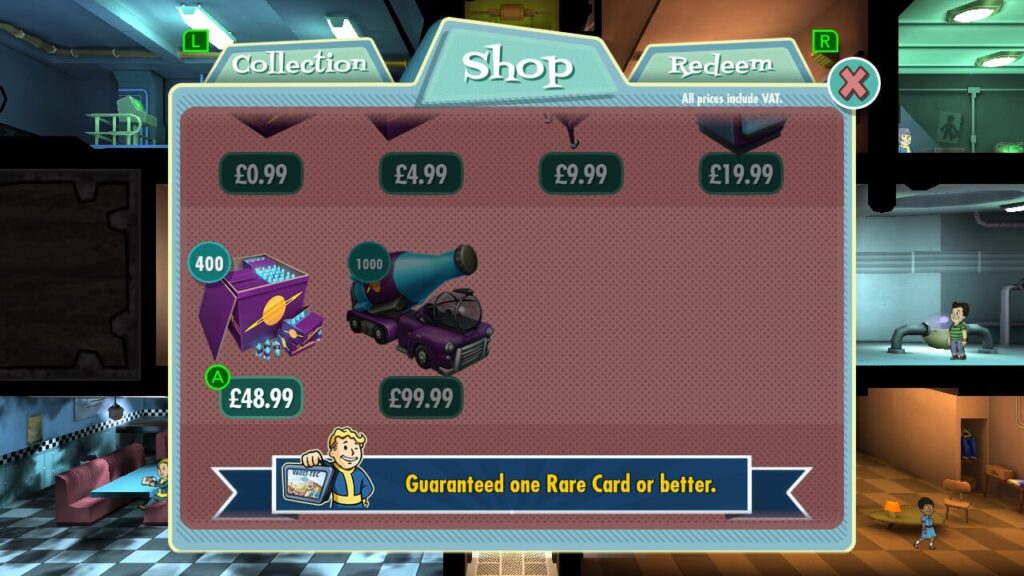
Raids and Upgrades
The first time I hated Fallout Shelter was when some deathclaws raided me. They more or less wiped out my whole vault. While I didn’t have any permadeaths, I didn’t have enough money to revive everyone, so it took an age to earn small amounts of caps and revive them one by one. Saying that, if any of your characters are pregnant or there are kids about, they won’t be attacked, so they’re guaranteed to live. The only thing is the pregnant women won’t use any weapons you may have assigned to them and run away.
To unlock new rooms or work even more efficiently, you need more people. You can do this through the radio studio, but it also encourages more attacks. The fastest way is to place a man and a woman in the living quarters then wait for the magic to happen. It takes three real-time hours for them to give birth, then a further three hours for the kids to mature into adults. ‘Mate’ dwellers with decent stats and the babies will inherit a good deal of their qualities.
Weapons are essential for survival. You can find a decent amount in the wasteland and quests, but the best ones are crafted. However, another catch: you need blueprints (often from quests), and the room needs to be upgraded. I believe my weapon room required 90000 caps to be fully operational, and that took some time. Additionally, to make one of the guns said it would take eight days. Again, real-time.

Time To Break Free?
As you can see from this lengthy write-up, for a free game, there is a lot of depth, and I’m still playing it three weeks on. Sure I didn’t need to spend the money to progress, but it was only £10, and I used that in about 15 minutes. Ironically, I used them on missions I couldn’t complete as they were too difficult. I then had to use the bottles to get them back to the vault.
I’m anti-micro-transactions, but considering this game was free, and it’s brought a lot of fun to my life, I have no complaints. Well, it does take an age to get things done, and I do wonder if I can finish the game – whether that’s possible or if I have the time to stick with it. Either way, I’m going to recommend this as it’s a free download and works great on the Switch – what with it being designed for mobile in the first place.


